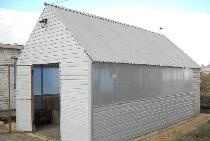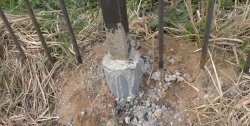Pros and cons of building a house from cinder blocks
Blocks for the construction of buildings, made by vibratory pressing of concrete in a certain shape, are called cinder blocks. Depending on the region in which this material is produced, its filler can be ash, slag, brick waste, expanded clay, sawdust and even industrial waste. Like all materials, cinder blocks have both positive and negative qualities.
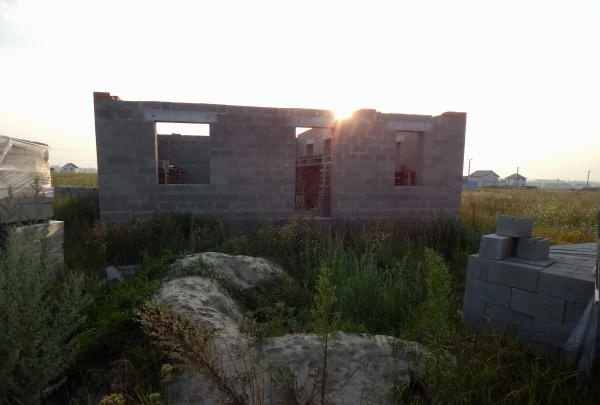
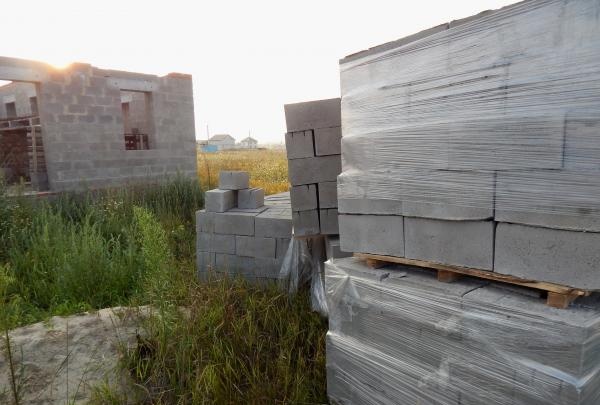
The advantages include:
1. The material is much cheaper than brick and wood, it is not difficult to make it yourself.
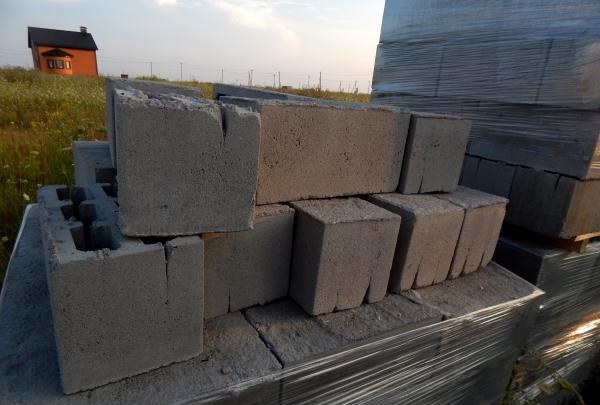
2. This makes building a house from such material economically profitable.
3. Cinder block walls do not require a massive foundation.
4. The structure is no different from buildings made from other building materials.

5. There are no special requirements for storage and transportation.
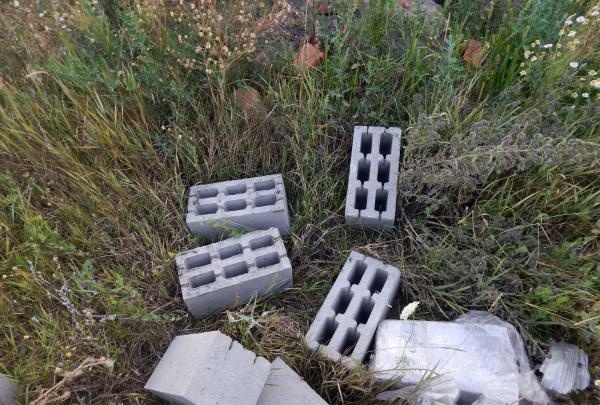
The disadvantages include:
1. Afraid of water. You need to work with it in dry weather at an air temperature of at least 15° C.
2. To ensure noise and heat insulation, you must carefully select the materials from which cinder blocks are made.
3. Cinder block walls are always cold to the touch.
The fact that cinder blocks can be made both industrially and by handicraft methods makes construction cheap. The difference in fillers for making building blocks makes the quality of the blocks themselves completely different, produced in different regions. In places where this building material is produced with developed industry, where industrial waste can be used, a significant decrease in the environmental friendliness of cinder blocks is likely. Some experts recommend testing cinder blocks for radioactivity.
When building walls from cinder blocks, you must strictly adhere to a specific technology, since otherwise the strength of the structure may be compromised. When laying walls, it is necessary to take into account that the thickness of the joints should be no more than 1.5 cm, otherwise heat and sound insulation will be reduced. When laying walls, reinforcement must be done in every 4th row. This will significantly strengthen the entire structure.
After the walls are built, they begin to install the roof, since unplastered cinder block walls cannot be left unprotected for a long time. Under the influence of atmospheric phenomena they may lose their qualities. When constructing a roof, it is necessary to ensure good drainage, since moisture getting on the walls can lead to serious consequences.
Cinder block walls are difficult to plaster due to poor adhesion between the plaster and the building stone. For wall finishing, special solutions with increased strength are used.
Houses made of cinder blocks need to be insulated during the exterior finishing of the house. The best insulation material for such buildings is polystyrene foam. It is not expensive, holds heat well and does not require a vapor barrier. Exterior finishing can be brickwork or siding.
The interior decoration of such a wall also differs from the usual version. The tiles can be laid directly on the blocks. Wallpaper can also be glued directly to the wall, provided that its surface is sufficiently flat.


The advantages include:
1. The material is much cheaper than brick and wood, it is not difficult to make it yourself.

2. This makes building a house from such material economically profitable.
3. Cinder block walls do not require a massive foundation.
4. The structure is no different from buildings made from other building materials.

5. There are no special requirements for storage and transportation.

The disadvantages include:
1. Afraid of water. You need to work with it in dry weather at an air temperature of at least 15° C.
2. To ensure noise and heat insulation, you must carefully select the materials from which cinder blocks are made.
3. Cinder block walls are always cold to the touch.
The fact that cinder blocks can be made both industrially and by handicraft methods makes construction cheap. The difference in fillers for making building blocks makes the quality of the blocks themselves completely different, produced in different regions. In places where this building material is produced with developed industry, where industrial waste can be used, a significant decrease in the environmental friendliness of cinder blocks is likely. Some experts recommend testing cinder blocks for radioactivity.
When building walls from cinder blocks, you must strictly adhere to a specific technology, since otherwise the strength of the structure may be compromised. When laying walls, it is necessary to take into account that the thickness of the joints should be no more than 1.5 cm, otherwise heat and sound insulation will be reduced. When laying walls, reinforcement must be done in every 4th row. This will significantly strengthen the entire structure.
After the walls are built, they begin to install the roof, since unplastered cinder block walls cannot be left unprotected for a long time. Under the influence of atmospheric phenomena they may lose their qualities. When constructing a roof, it is necessary to ensure good drainage, since moisture getting on the walls can lead to serious consequences.
Cinder block walls are difficult to plaster due to poor adhesion between the plaster and the building stone. For wall finishing, special solutions with increased strength are used.
Houses made of cinder blocks need to be insulated during the exterior finishing of the house. The best insulation material for such buildings is polystyrene foam. It is not expensive, holds heat well and does not require a vapor barrier. Exterior finishing can be brickwork or siding.
The interior decoration of such a wall also differs from the usual version. The tiles can be laid directly on the blocks. Wallpaper can also be glued directly to the wall, provided that its surface is sufficiently flat.
Similar master classes
Particularly interesting
Comments (1)




